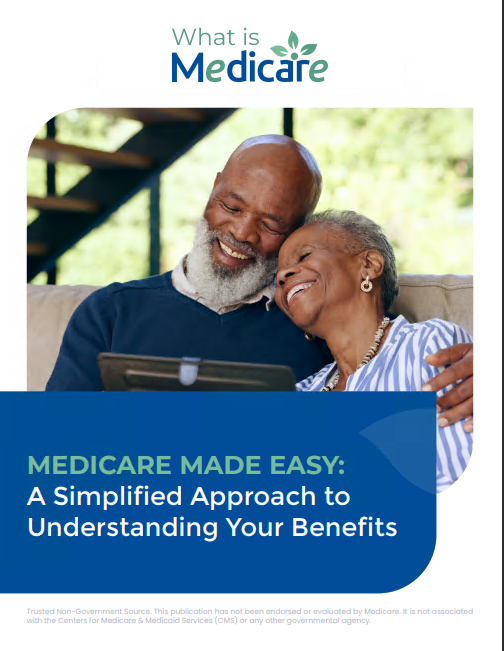Healthcare disparities persist as a significant challenge worldwide, with certain populations facing barriers that limit their access to essential healthcare services. These disparities, often rooted in social, economic, and structural inequalities, contribute to disparities in health outcomes and exacerbate existing health inequities. This article examines the critical issue of healthcare disparities with a focus on access and explores strategies for addressing these disparities to promote health equity and improve the well-being of all individuals.
Understanding Healthcare Disparities: Healthcare disparities refer to differences in access to healthcare services, quality of care, and health outcomes among various population groups. These disparities can manifest along racial, ethnic, socioeconomic, and geographic lines, resulting in unequal access to preventive care, diagnostic services, treatment options, and health resources. Factors such as poverty, lack of health insurance, language barriers, discrimination, and cultural differences contribute to disparities in healthcare access and utilization, disproportionately affecting marginalized and underserved communities.
The Impact of Healthcare Disparities: Healthcare disparities have far-reaching consequences for individual and population health. Individuals from disadvantaged backgrounds often experience delayed diagnosis, suboptimal treatment, and poorer health outcomes due to barriers to care. Moreover, healthcare disparities contribute to higher rates of chronic diseases, preventable hospitalizations, and premature mortality among vulnerable populations, exacerbating health inequities and widening the gap in health outcomes. Addressing healthcare disparities is essential not only for promoting social justice and human rights but also for improving population health and reducing healthcare costs.
Strategies for Addressing Healthcare Disparities: Addressing healthcare disparities requires a comprehensive approach that addresses the underlying determinants of health and tackles systemic barriers to care. One key strategy is to expand access to healthcare services through targeted interventions and policy changes. This includes increasing funding for community health centers, safety-net hospitals, and clinics serving underserved populations, as well as expanding eligibility for public health insurance programs such as Medicaid and CHIP. Additionally, investing in outreach and enrollment efforts to connect eligible individuals with health insurance coverage can help reduce disparities in access to care.
Furthermore, efforts to improve healthcare access must address social determinants of health, including poverty, housing instability, food insecurity, and lack of education. Collaborative initiatives that involve healthcare providers, community organizations, and government agencies can help address these underlying factors and promote equitable access to resources and services. For example, programs that provide affordable housing, nutritious food, transportation assistance, and educational opportunities can help mitigate the impact of social determinants on health outcomes and improve access to care for vulnerable populations.










